Casio WVA-620DE-2AVER Manual
| Mærke: | Casio |
| Kategori: | Ur |
| Model: | WVA-620DE-2AVER |
| Bredde: | 44 mm |
| Dybde: | 14 mm |
| Højde: | 53.4 mm |
| Vægt: | 100 g |
| Armbånd, materiale: | Rustfrit stål |
| Vandfast: | Ja |
| Kalender: | Ja |
| Ur-indstilling: | 12t/24t |
| Stopur: | Ja |
| Indikator for batteriniveau: | Ja |
| Urtype: | Armbåndsur |
| LED-baggrundsbelysning: | Ja |
| Batteritype: | CTL1616 |
| Antal understøttede batterier: | 1 |
| Slagfast: | Ja |
| Alarmfunktion: | Ja |
| Produktdesign: | Casual |
| Se opkaldstype: | Analog & LCD-opkald |
| Vandbestandig dybde: | 100 m |
| Husets farve: | Rustfrit stål |
| Båndets hovedfarve: | Rustfrit stål |
| Etui form: | Rund |
| Hovedfarve på urskive: | Blå |
| Kalendertype: | Dato |
| Se markørstil: | Arabisk nummervisning |
| Kronograf: | Ingen |
| Verdenstid funktkon: | Ja |
| Solenergi: | Ja |
| Lysende urskive: | Ja |
Har du brug for hjælp?
Hvis du har brug for hjælp til Casio WVA-620DE-2AVER stil et spørgsmål nedenfor, og andre brugere vil svare dig
Ur Casio Manualer

23 Oktober 2025
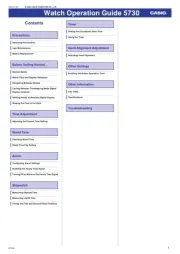
14 September 2025

5 September 2025
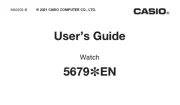
4 September 2025
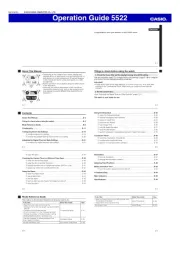
28 Juli 2025

27 Juli 2025

27 Juli 2025
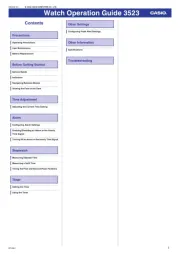
27 Juli 2025

27 Juli 2025

27 Juli 2025
Ur Manualer
- Olivia Burton
- DMC
- Breitling
- Jacob Jensen
- PAUL HEWITT
- Misfit
- Fisher-Price
- ELYSEE
- Mitsubishi
- TCM
- Timex
- Omega
- Bearware
- Seiko
- Beper
Nyeste Ur Manualer
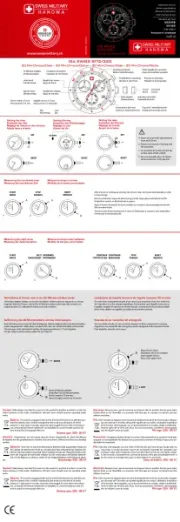
31 Oktober 2025

31 Oktober 2025
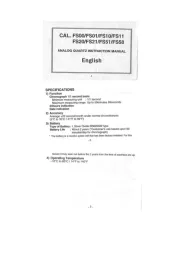
29 Oktober 2025

29 Oktober 2025
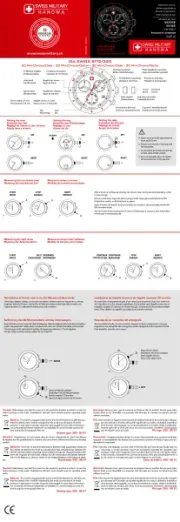
26 Oktober 2025
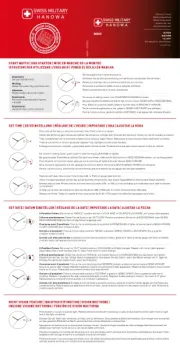
26 Oktober 2025
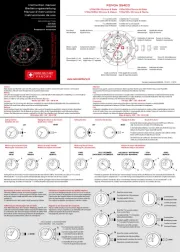
26 Oktober 2025

26 Oktober 2025
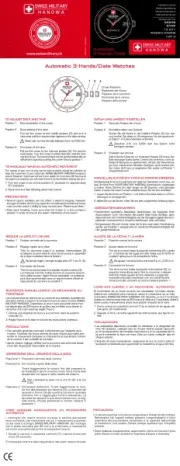
25 Oktober 2025

20 Oktober 2025
